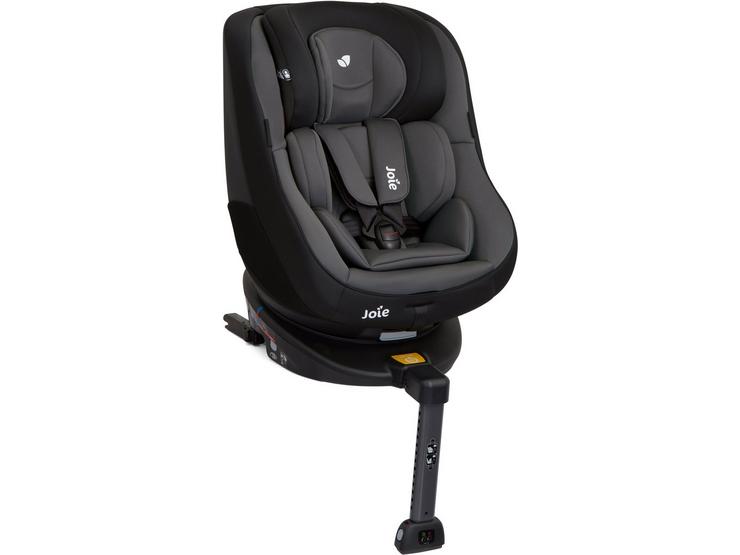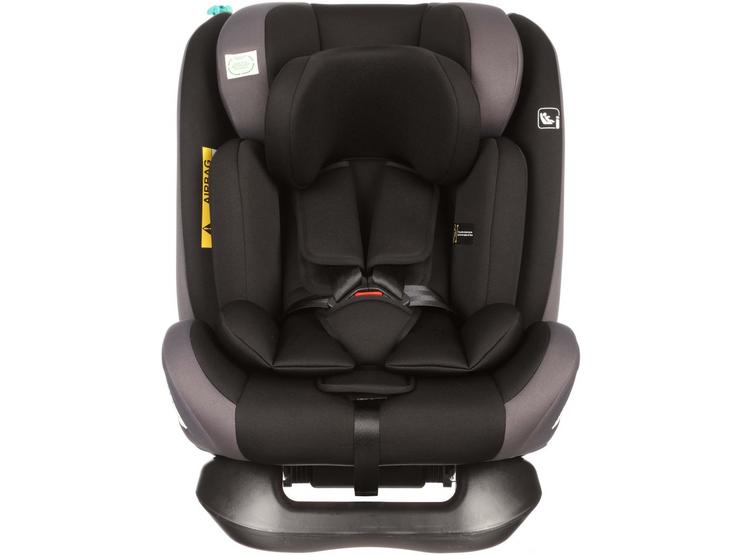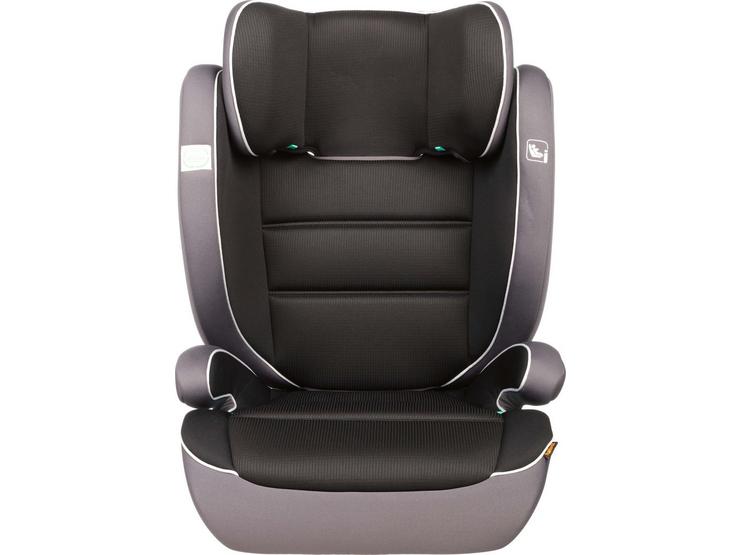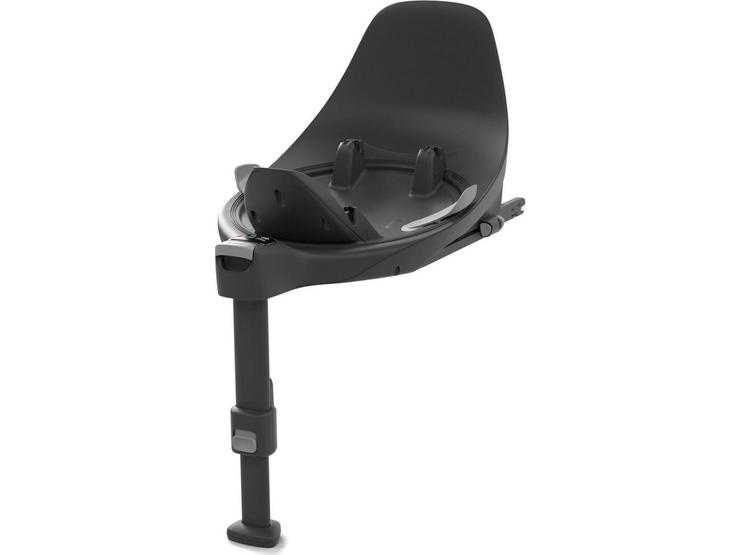Buying a car seat can be tough, and we don’t want you to feel lost or confused while you’re making such an important decision. That’s why, in this blog, we’ve broken down all the car seat jargon out there so you can make sure that when it’s time to make your purchase, you’ll be able to spend with confidence and know your little one is in a seat that supports their growing needs.
Infant Carrier
Birth – 15 months
Suitable from birth, infant carriers are designed to ensure your child is rear-facing (until 15 months) and lying in a semi-flat position to ensure they are comfortable. Many infant carriers are compatible with pushchairs to ensure smooth travel from car to wherever life takes them.
For example, the Graco Snuglite i-Size R129 Lightweight Infant Car Seat is R129 approved and equipped with Safety Surround™ Side Impact Protection, which wraps around your child and provides enhanced head and body protection. At only 3.3kg, you can easily transport this super lightweight infant car seat from here to there — all while your little one stays as snug as a bug.
Baby Seats (Group 0+)
Birth – 15 months | 0 – 13kg | 40 – 85cm
Your baby’s first seat, if not a infant carrier, will be a baby seat. Suitable straight from birth, most baby seats are reclinable to a variety of different positions to ensure your baby’s comfort from birth to 15 months old. If the baby seat is i-Size, then it’ll be rear facing.
The Joie Spin 360 Group 0+1 Baby Car Seat is a great example of a i-Size rear facing baby seat, plus, it can be used in the rear facing position up to the age of 4 years old to promote safer travel for longer.
When you’re buying a baby seat, it’s worth noting that many car seat brands advise that a baby shouldn’t be in a car seat for more than two hours within a 24-hour period.
Toddler Car Seat (Group 1)
Birth – 4 years | 9 – 18kg | 76 – 105cm
A toddler car seat is suitable for little ones who have certainly found their feet. Toddler seats are suitable for children between 15 months – 4 years old and are often adjustable to ensure that as your child grows, you’re able to fully adjust it and cater it perfectly for their body, offering all the support they need for their growing bones!
A good example of this is the Halfords Topi R129 Isofix Child Car Seat with Top Tether suitable from 15 months old (76cm) this seat has side impact protection and a fully adjustable headrest to ensure their head and neck remains supported around sharp bends and roundabouts.
Child Seat (Group 2/3)
3.5 – 12 years | 15 – 36kg | 100 – 135cm
Child car seats are the final stage of car seat, and are typically suitable for children aged 3.5 – 12 years old. It is the law in the UK that a child must be in a car seat until they are 135cm or 12 years old, whichever comes first. By choosing a child car seat that grows with your child from the age of 3.5 to 12 years old*, you’ll likely be spending much less in the long run.
For instance, the Joie for Halfords Transfix i-Size Group 2/3 Car Seat is suitable for children aged approximately 3- 12 years old. This car seat includes an exclusive Tri-Protect™ headrest with Intelli-Fit™ memory foam that’s designed to offer high levels of protection, made by Joie exclusively for Halfords.
*ROI all children under 150cm in height or 36kg in weight must use a child car seat.
Every Stage Seats (Group 0+/1/2/3)
Birth – 12 years | 0 – 36kg | 40 – 135cm
A multi-stage car seat, or an ‘every-stage’ car seat provides protection for your child from birth to 12 years old. By purchasing an every-stage car seat, you’ll be able to adjust this seat to suit your child’s growing needs and even better, you’ll only ever need to buy one seat!
The Miniuno Rotatiie R129 360° Car Seat is a great example of this, featuring an extended rear-facing option until four years old, or forward facing from 15 months – 12 years old, so you have the choice to decide what it best for you and your little one.
Height-based car seats
Car seats that are based on the size of your child are called i-Size seats. They comply with regulation ECE R129. The ECE R129 regulation was introduced in 2013, making it the most current regulation to be introduced.
The R129 regulations for i-Size baby car seats state that children should remain in a rearward-facing seat until they’re 15 months old. Some car seat brands have extended rearward seats approved by R129 regulations to encourage parents to keep their child facing backwards until they’re four years old.
When i-Size seats were created, the idea was that all car seats would fit in all cars. You car and your car seat must have Isofix, which is a fitting system that allows your car seats frame to directly attach to your child’s car seat through the Isofix connectors.
Weight-based car seats
Car seats that are based on your child’s weight are called ‘weight-based’ seats and conform to the older, but still legal, ECE R44.03 / ECE R44.0 regulations.
Impact Shields
Also known as ‘safety cushions’, impact shields are a clever bit of kit that fasten around the front of your child while they’re in their car seat. They’re like a pre-inflated airbag, which helps to spread the force of a collision across a wider surface area, which means less pressure on delicate necks and tummies.
By reducing the strain on key parts of the body, impact shields offer an extra layer of protection and can help keep your child safer in the event of a collision.
Top Tether
A top tether is a strap featured on some child car seats that adds extra security for your child. It hooks onto an anchor point in your car—usually in the boot, on the seat back, or sometimes even the roof—marked with an anchor logo.
They’re easy to install, simply look for the green indicator on the strap to show when the top tether is tight enough.
Booster Seat
A booster seat helps keep your child safe by lifting them up so the car’s seat belt fits just right. It’s the next step after they’ve outgrown their forward-facing car seat with a harness, but they’re not quite big enough to use the seat belt on its own. Booster seats make sure the seat belt sits where it should—across their chest and hips—so every journey is as safe and comfy as possible. Booster seats can either be backless such as the Halfords Eland R129 ISOFIX Booster Seat or high back, like the Halfords Sable R129 High Back Booster.
Isofix Base
Most Isofix seats, and even some belt-fitted ones, come with a base and support leg designed to stop the seat from rotating in the event of a crash. It also helps with rebound protection, keeping your little one extra secure. The support leg extends down to rest firmly on the vehicle floor, usually in the gap between the front and back seats when installed in the rear.
So there you have it, hopefully we’ve untangled some of the latest car seat jargon, so you can now shop with confidence! If you’re still feeling unsure, just head in-store and let our experts help with a free child seat consultation.









